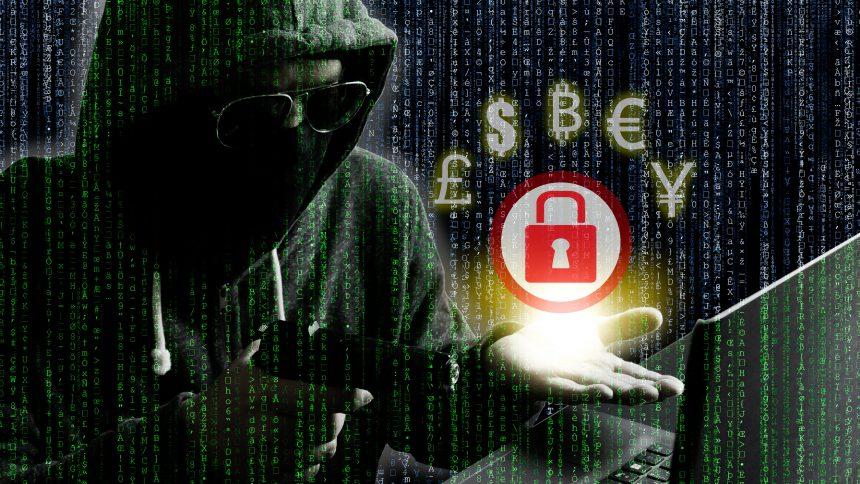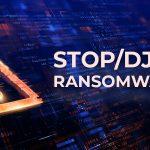In the ever-evolving landscape of cybersecurity threats, ransomware remains a persistent menace, wreaking havoc on individuals and organizations alike. Among the latest variants to emerge is FridayBoycrazy, a ransomware strain derived from the notorious Chaos ransomware. Characterized by its ruthless encryption of files and demand for ransom, FridayBoycrazy poses a significant threat to data integrity and security. In this comprehensive guide, we delve into the intricacies of FridayBoycrazy, its modus operandi, detection mechanisms, and most importantly, strategies for removal and prevention.
Understanding FridayBoycrazy Ransomware
FridayBoycrazy operates with a malicious intent to encrypt files stored on victims’ computers, rendering them inaccessible. Leveraging techniques akin to its predecessor, Chaos ransomware, FridayBoycrazy employs asymmetric encryption algorithms to lock files securely. Upon encryption, files are appended with a string of random characters, effectively altering their extensions and making recovery without decryption keys unfeasible. Victims are then confronted with a ransom note, typically named “Warning.txt,” detailing instructions for contacting the perpetrators and obtaining a decryption tool.
The ramifications of a FridayBoycrazy infection are dire, extending beyond mere data encryption. Individuals and organizations may face significant financial losses, operational disruptions, and even reputational damage. Critical files essential for daily operations or personal use become inaccessible, impeding productivity and causing undue stress. Moreover, succumbing to ransom demands poses ethical dilemmas and fuels the cycle of cybercrime, emboldening perpetrators to continue their malicious activities.
Detection Names and Similar Threats
FridayBoycrazy is detected by various antivirus engines under distinct names, including Avast (Win32:RansomX-gen [Ransom]), ESET-NOD32 (A Variant Of MSIL/Filecoder.Chaos.A), and Kaspersky (HEUR:Trojan-Ransom.MSIL.Agent.gen). Similar ransomware variants such as FORCE, Vook, and Nacugunder exhibit comparable behaviors, encrypting files and demanding ransom for decryption keys.
Removal Guide for FridayBoycrazy Ransomware
- Isolate Infected Systems: Disconnect infected devices from network connections to prevent further spread and mitigate potential damage.
- Identify Malicious Processes: Utilize Task Manager (Ctrl + Shift + Esc) or similar tools to identify and terminate suspicious processes associated with FridayBoycrazy.
- Boot into Safe Mode: Restart infected computers and boot into Safe Mode to minimize the impact of the ransomware.
- Delete Malicious Files: Manually delete all files associated with FridayBoycrazy, including the ransom note and encrypted files.
- Registry Cleanup: Use Registry Editor (regedit) to remove any malicious registry entries created by FridayBoycrazy.
- Restore from Backup: If available, restore encrypted files from secure backups to regain access to valuable data.
- Seek Professional Assistance: In complex cases or for reassurance, consult with cybersecurity experts or professional IT services for thorough cleanup and recovery.
Preventative Measures against Ransomware
- Regular Software Updates: Maintain up-to-date operating systems and software applications to patch known vulnerabilities exploited by ransomware.
- Exercise Caution with Email Attachments: Avoid opening attachments or clicking on links from unsolicited or suspicious emails, as they may contain malware payloads.
- Deploy Endpoint Protection: Implement robust endpoint security solutions equipped with behavior-based detection and ransomware protection features.
- Educate Users: Educate employees and individuals about the dangers of ransomware and best practices for safe computing, including data backup protocols.
- Backup Regularly: Create regular backups of essential files and store them securely offline to mitigate the impact of ransomware attacks.
Conclusion
FridayBoycrazy ransomware represents a significant cybersecurity threat, underscoring the importance of vigilance and proactive defenses against evolving malware strains. By understanding its characteristics, employing effective removal strategies, and implementing robust preventative measures, individuals and organizations can safeguard their data and mitigate the risks posed by ransomware attacks. Remember, resilience against cyber threats begins with preparedness and a commitment to cybersecurity best practices.





